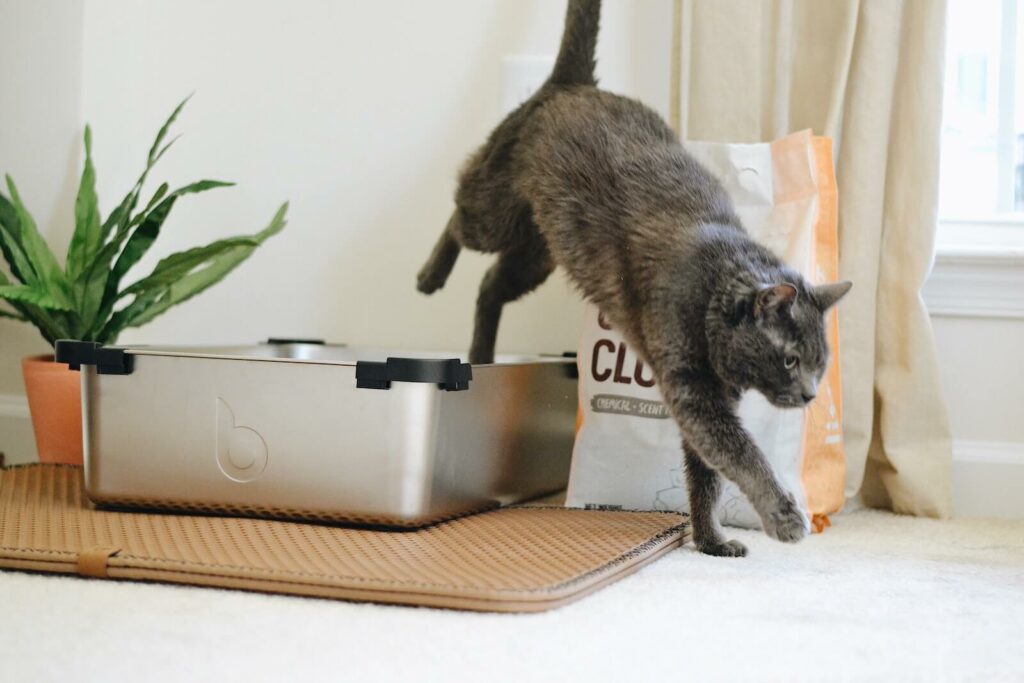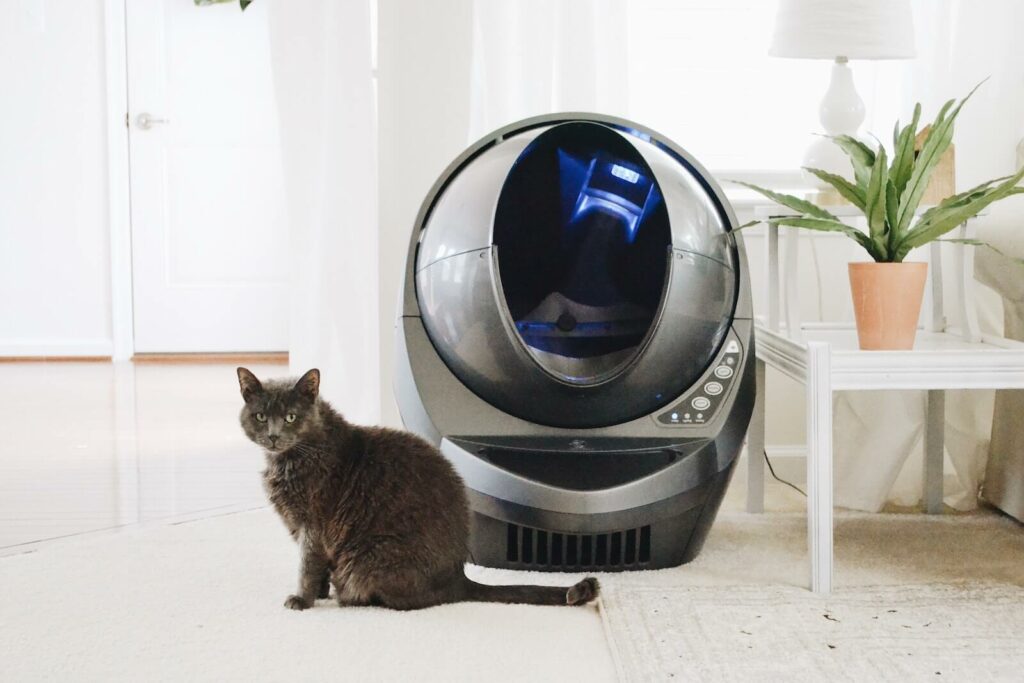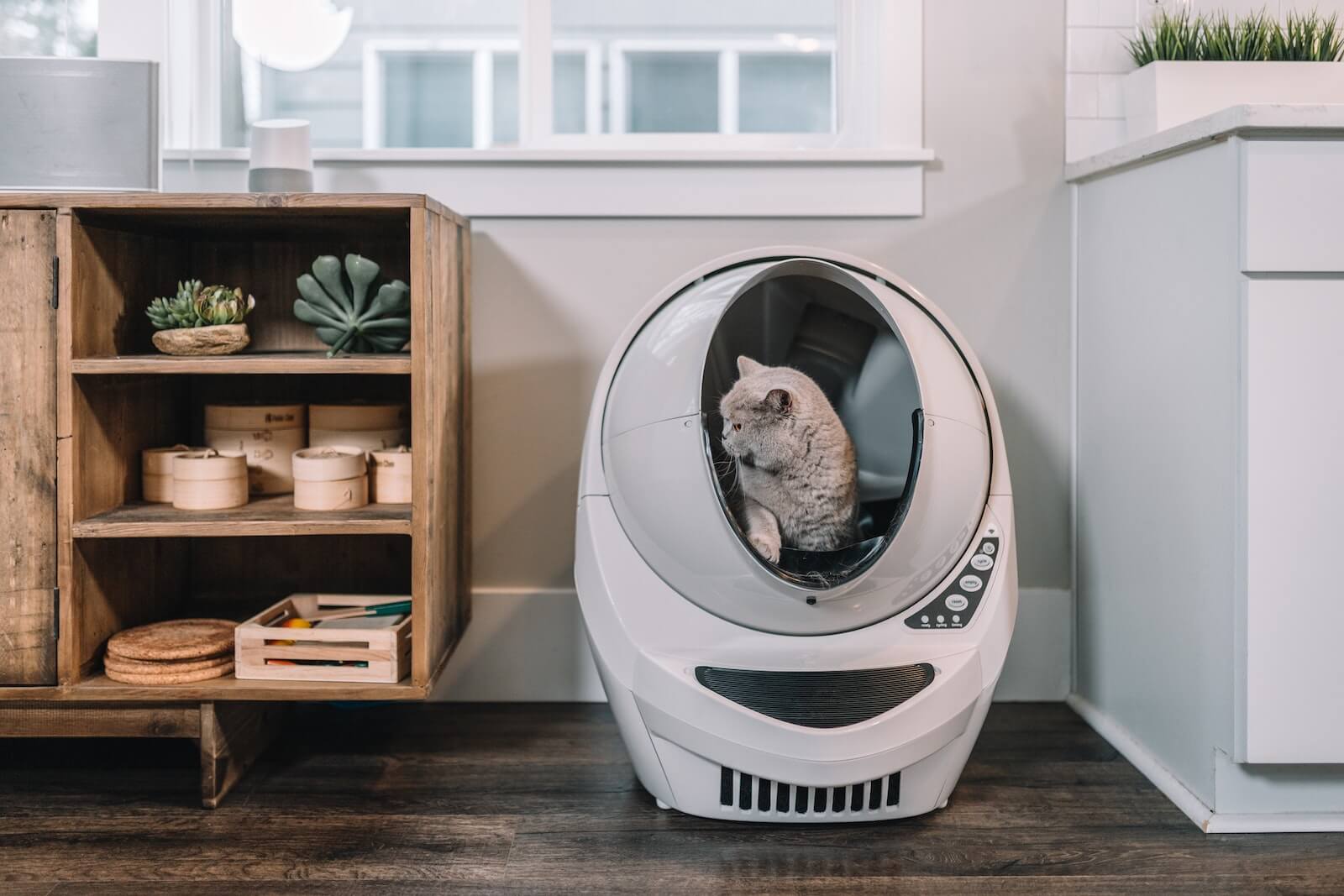We have never asked some questions because they may sound strange or topics we have never thought about, yet it would be beneficial to know. For example, how often do cats pee?
Is it an important topic? Is it normal for them to pee a lot, or should they urinate less? What color is it? What is their usual consistency? If you have ever asked these questions and have no answers, I invite you to read the following article, where we will solve some of these doubts.
Remember that it is always essential to have this health-related information at hand because we never know when it can be helpful. This way, if your kitten is sick, you could be able to detect it and help it in time.
Why is it important to know how often does a cat pee?
If you have a cat, you are responsible for its well-being, meaning you should take care of everything, including its health. And, as you might be guessing, urine has a lot to do with your cat’s overall health, just like humans—no wonder we should take urine tests from time to time.

How many times do cats pee a day? How often should cats pee?
All living creatures urinate because it is one of the ways that the body has to get rid of those nutrients or resources that are no longer useful. The amount of times a living being urinates during a day is very subjective because, as you know, the greater the amount of liquid intake, the greater the amount of urine.
If we have to give a specific number, the most accurate is to say that a cat urinates between 2 to 4 times a day. It all depends on their habits and general health. If your cat regularly urinates less than two or more than four times a day, don’t worry. This frequency could be regular. The amount of urine depends on many things, for example, the amount of liquid it consumes, the type of food it eats, stress, age, metabolism, or its medical condition.
What does regular cat pee look like?
Almost no one has ever seen cat urine for one simple reason. Cats are creatures of habit and are extremely clean, so they will always pee in their litter box. If, for some reason, your cat is peeing out of its litter box, beware. It may indicate something wrong with your furry friend’s emotional or physical health.
Now, if we pay close attention, we may be able to distinguish between these 3 categories into which we will divide the appearance of a cat’s pee:
Color
As in humans, the golden rule is that the urine should always be clear, almost transparent, which indicates that there are no toxins and that the diet is adequate.
Preferably, your cat’s urine should be clear or light yellow. A slightly more intense yellow color may indicate that our cat consumes more fat than it should, but it is still expected. Urine with red or brownish tints indicates blood, which can be a urinary tract injury. It could also be something more complicated like kidney failure. As soon as you see these colors, go to the vet.
A very dark yellow or brownish color means that it is old urine that, for some reason, has been stored in the bladder for a long time. Don’t freak out if you ever notice a green or bluish color. This color means that bacteria are present. In any of these cases, it is crucial to see a veterinarian.
Smell
Usually, cat urine doesn’t have any odor, especially if it is a sterilized cat. If your cat is young or not neutered, the typical smell is a little sour but tolerable. If your cat’s urine has a powerful odor, it could be a urine infection. In case of a change in the smell of your cat’s pee, ask your veterinarian.
Consistency
Here it is straightforward. The urine should be clear and liquid, without any residue. If we notice blood clots or tiny crystals, run to the specialist.
Amount
A cat drinks about one cup of water daily, so it is estimated that it expels about half a cup of urine. If your cat suddenly presents polyuria, increased production of pee, or oliguria, decreased production of urine, in both cases, your cat’s body is telling you that something is not going as well as you think.
It is advisable to monitor your cat’s normal behavior for 5 to 7 days, so you will know how often and in what quantities your cat urinates. This way, you will be able to notice if there is a meaningful change.

Medical concerns
Here are some of the most common problems that affect urination:
- Increased flow: diabetes, particular medicine, like corticosteroids, is causing this reaction, thyroid disorder.
- Color change: diabetes, urethral blockage, bladder infection, cancer, cystitis.
- Decreased flow: distress, urethral blockage, dehydration, infection, kidney stones, cystitis.
- Change in consistency: Kidney stones, infection, urinary tract injury.
Always provide your cat with clean, fresh water and ensure his food meets his needs. Also, a good routine that includes a little exercise won’t hurt your cat. With this, you can be sure you will avoid any problems; if they happen, don’t worry. You are ready to identify them.
When in doubt, go to the vet.
How often do cats pee? The bottom line
Congratulations, you are now a bit more informed on the subject. And although it sounds strange, your cat will thank you for knowing even the smallest detail because now you can detect any weird behavior.
However, don’t forget to take your cat to the vet at least once a year for a routine check-up, and more often if you have any concerns.
Cats are usually very good at hiding when they don’t feel well, so it’s up to you to be aware of any changes in their behavior. Your veterinarian will know what to do, but the earlier you catch something, the better!
Let us know in the comments if you have any questions or want to share your experiences. And don’t forget to share this article with all your cat-loving friends!
